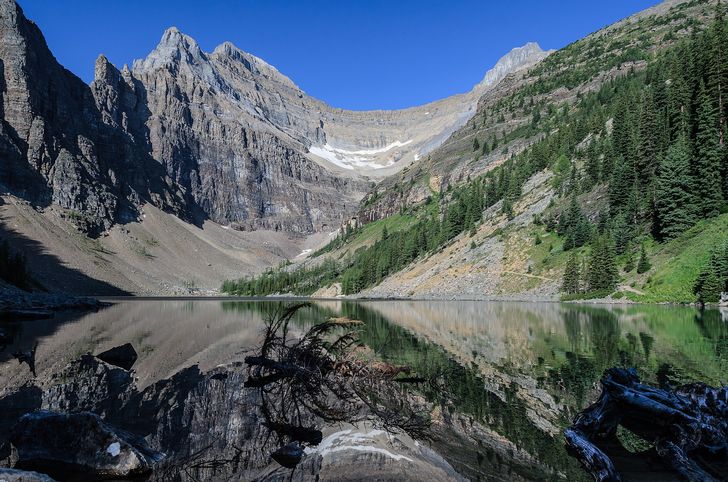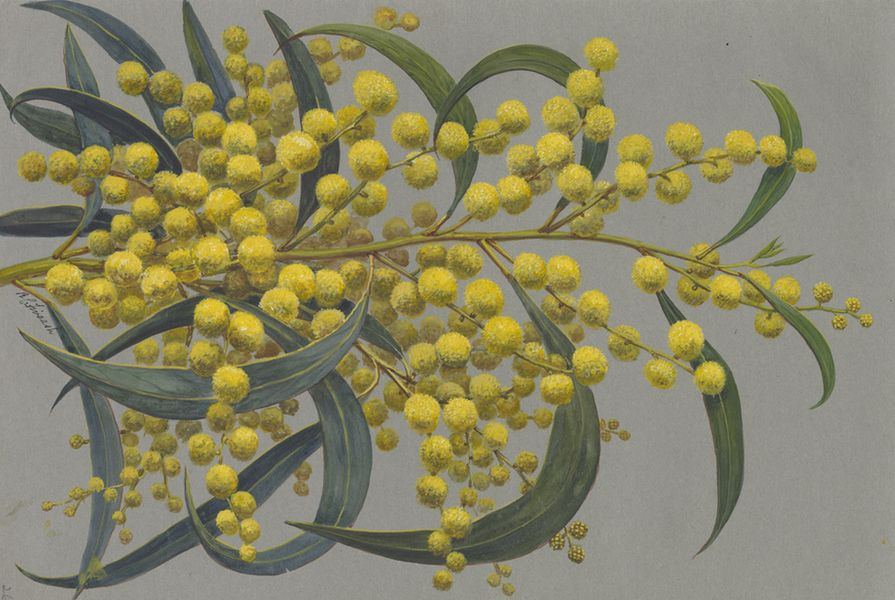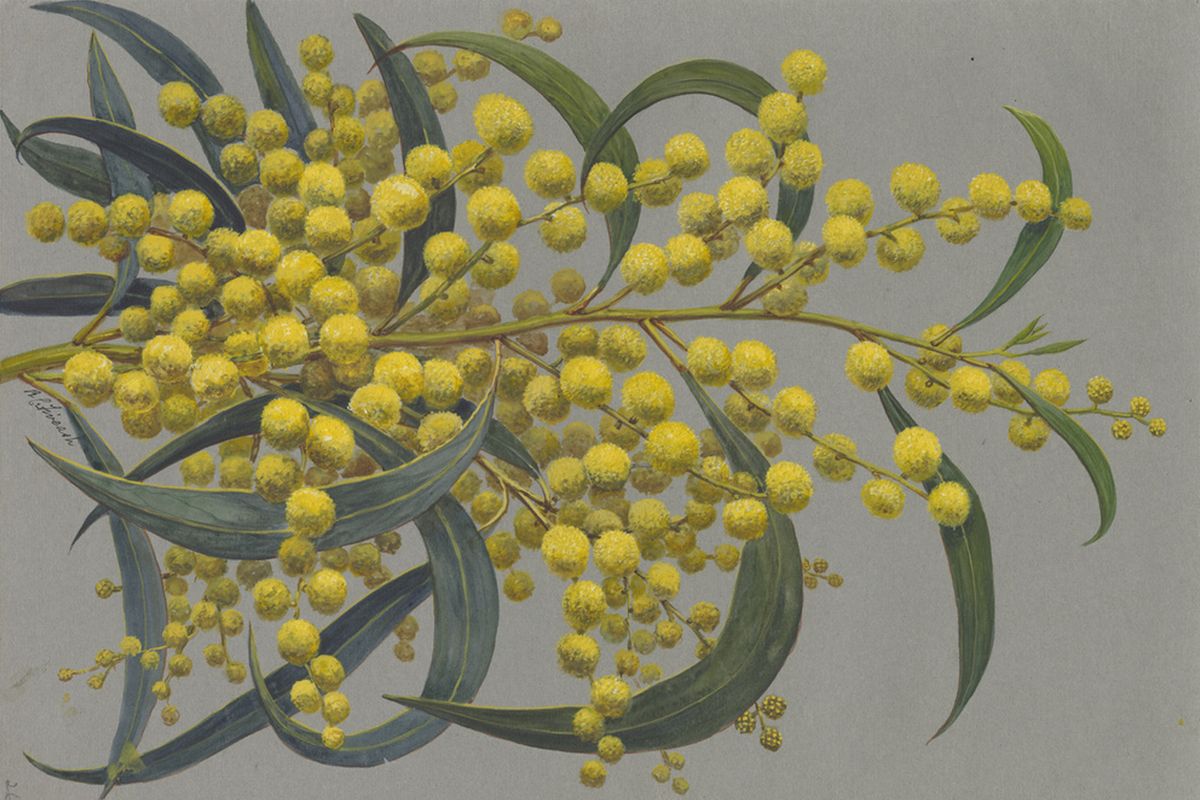Throughout August and September of 2020, I attended RMIT University’s landscape architecture student conference, with the latest iteration titled Approaching Landscape: Lineages and Legacies. The student conference is an annual event that runs as part of the program’s Theoretical Frameworks 03 course, with the 2020 edition engaging issues of “extraction,” “classification” and the “institution.” The conference speaker program was followed up by a student plenary enabling discussion of the topics and ideas raised during the lecture line-up. Third-year students within the program took up these complex themes and ran with them into what was easily one of the most engaging and robust discussions I had all year.
The first lecture by Jane Hutton (University of Toronto, Harvard GSD) dived into a study of extraction — tracing the history of materials used in New York City’s public landscapes to their origin. Each of the five materials discussed – guano (the accumulated excrement of seabirds and bats), granite, steel, trees and timber – was afforded its own narrative in reverse, with Hutton zealously describing each stage of extraction, and the inevitable stories that arise out of this examination.
Of particular interest was the different scales of such extractions — from the international imperialist extractions of guano for fertiliser in Peru, to the functions of the prison industrial complex, with inmates at Rikers Island raising London plane trees for street planting (and bringing into this questions of labour, historiography and gentrification).

Reciprocal Landscapes: Stories of Material Movements by Jane Hutton.
Rhys Williams (University of Technology, Sydney) interrogated the processes of change and the changing nature of process. Through a series of specific terms and works (from landscapes designed by Catherine Mosbach to the Bilderatlas Mnemosyne created by German art historian Aby Warburg in the mid 1920s), Williams examined the history and state of critique and documentation in landscape architecture. In particular, Williams analyzed the way in which landscape architecture is represented through photography, as a moment capturing a state of process, with the concept of the “atlas,” presenting an opportunity for a synaptic view of differences to be presented and re-presented, with meaning constructed through comparison.
Williams’s discussion of “classification” offered a foundation from which landscape architecture students might begin to understand the breadth of knowledge required to be actively “critical” in the design profession – and from the student presentations later in the program, it was clear this concept had been well absorbed.
While Hutton and Williams’s lectures engaged examples from across the globe, the third talk by Tiffany Kaewen Dang (University of Cambridge, Royal College of Art) took discussion into the regional spatial scale, analyzing the history of Canada’s national parks as an infrastructure of colonialism, with parallels to Australia’s own fraught history. However, where Australia acted with consistent brutality throughout its colonial history, the state of Canada’s national parks – specifically Banff National Park – Dang argued, has revealed a more subtle and legislative deterritorialization of the region’s First Nations peoples. Dang described how territory is a political technology – one shaped by Canada’s specific history of settler colonialism, industrialisation and commercialisation in the evolution of its national park – and invited a questioning of the dominant historical narrative. Canada’s pride in its national parks presents a very different view to the narrative Dang unearthed.

Banff National Park, Alberta, Canada.
Image: Florian Fuchs, CC BY 3.0
At the plenary and student conference event these themes came into their own, with broad questions honing to specific discussions. This allowed for students to run the plenary themselves and gave a level of empathy to the speaker that allowed for open and equal discussion, rather than the more conventional speaker/listener hierarchy. Students raised questions with a directness, and without the dense academic language that can often obscure or stifle responses. Presentations were shaped through a selection of contemporary projects that were re-drawn and re-analysed to discuss and critique conference themes. By juxtaposing and reframing these projects through a didactic discussion, participants managed to delve deeply into issues highly relevant to the landscape architecture profession – climate, colonialism, culture and critique.
The selection of works analyzed also raised questions of methods of practice, as students discussed works such as Toronto-based practice Lateral Office’s project Many Norths and London-based studio Cooking Sections’ Climavore work. The students appeared to embrace the sense that the landscape architecture field can encompass so much more than built public space. For me, this was the most exciting discovery and the richness of critique echoed this sentiment.
By presenting the program in a format that allowed for and encouraged discussion, the conference broke through the often conversation-stifling hierarchy of the now-ubiquitous Zoom/Teams format. Hearing students question themselves and their peers seemed to break through the barriers of communication raised by 2020’s events. The program left me excited to see the level of discourse happening within the profession at a student level and keen to see how next year’s conference further develops and distils these pertinent themes.












